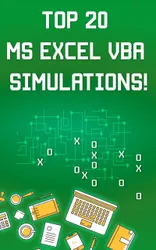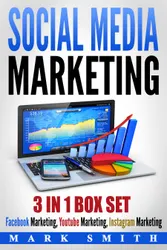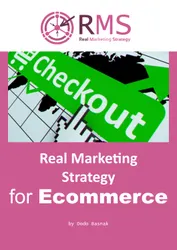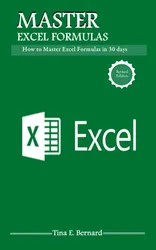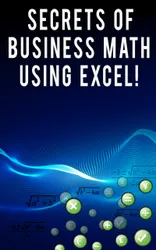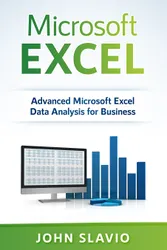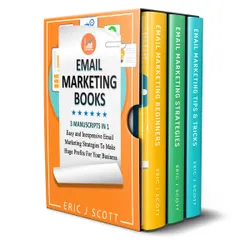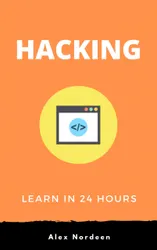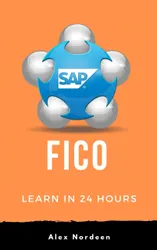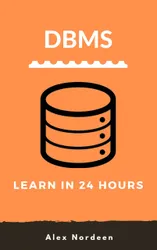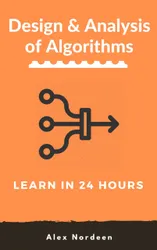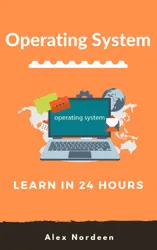Learn to automate Excel using VBA (Visual Basic for Applications)
VBA is a event driven programming language and you can program any actions that you would do manually in an Excel.
You can automate Excel using VBA to pull data from multiple sources, process data, generate reports and graphs and so much more. Called as Macros they help automate repetitive task.
Here is what is included-
Table Of Content
Chapter 1: Introduction to Macros in Excel
What is a macro?
The importance of macros in Excel
What is VBA in a layman's language?
Macro Basics
Step by step example of recording macros in Excel
Enable Developer Option
Chapter 2: Your Fist VBA in Excel
What is VBA?
Why VBA?
Personal & business applications of VBA in excel
Visual Basic for Applications VBA basics
Enable Developer Option
Step by step example of creating a simple EMI calculator in Excel
Chapter 3: VBA Data Types, Variables & Constant
VBA Variables
Excel VBA Data-Types
Constant in VBA
Chapter 4: VBA Arrays
What is an Array?
What are Advantages of arrays?
Types of arrays
VBA Array Demonstrated with Example
Testing our application
Chapter 5: VBA Excel Form Control & Activex Control
Creating VBA Form/GUI controls in Excel
How to use ActiveX control in VBA
Prerequisite
Chapter 6: VBA Arithmetic Operators
Chapter 7: VBA String Operators
Chapter 8: VBA Comparison Operators
Chapter 9: VBA Logical Operators
Chapter 10: Excel VBA Call a Subroutine
What is Subroutine?
Why use subroutines
Rules of naming subroutines and functions
Subroutine practical example
Chapter 11: Excel VBA Function Tutorial: Return, Call, Examples
Chapter 12: VBA Range Objects
What is VBA Range?
Introduction to Referencing Objects in VBA
How to refer to Excel VBA Range Object using Range property
Refer to a Single cell using the Worksheet.Range Property
Cell Property
Range Offset property


